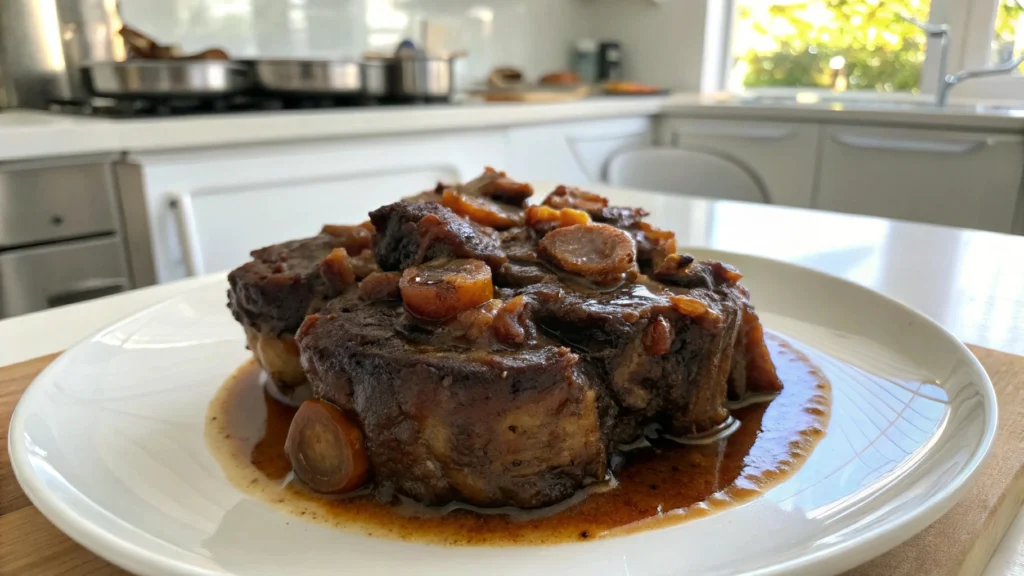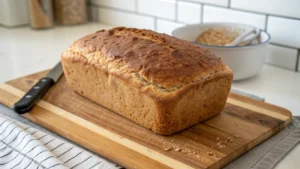A steaming bowl of oxtail stew, the meat so tender it melts in your mouth, and a rich, savory gravy that warms you from the inside out. This Oxtail recipe, once a hidden gem of budget cooking, is now a culinary superstar, gracing tables from Jamaican jerk shacks to high-end Italian bistros. Whether you’re craving a soul-warming Jamaican oxtail or a comforting Southern smothered oxtail, this guide has you covered. In this journey, we’ll explore everything from picking the best oxtail to mastering global recipes, all with wholesome ingredients that everyone can enjoy. Ready to elevate your cooking game? Let’s dive in!
What is Oxtail?
Oxtail is the tail of beef cattle, cut into small segments and prized for its deep, beefy flavor and melt-in-your-mouth texture when cooked slowly. Each piece is a perfect mix of meat, bone, and marrow, with collagen that turns into a luscious, gelatinous texture during cooking.
- Nutritional Benefits: A 100g serving of oxtail packs about 30g of protein, 250 calories, and is rich in iron and collagen, which supports joint health (Healthline).
- Cultural Significance: Oxtail’s history is rooted in resourcefulness. During tough times like the Great Depression, it was a cheap cut that fed families. Today, it’s a staple in Jamaican oxtail stew, Southern soul food, and even Italian ragus.
- Sourcing Tips: Look for oxtail at butcher shops, supermarkets like Costco, or online at Crowd Cow. Prices range from $8-$12 per pound.
Expert Quote: “Oxtail is the ultimate comfort food its rich flavor and tender texture make it a favorite across cultures.”
Chef Kwame Onwuachi, James Beard Award Winner
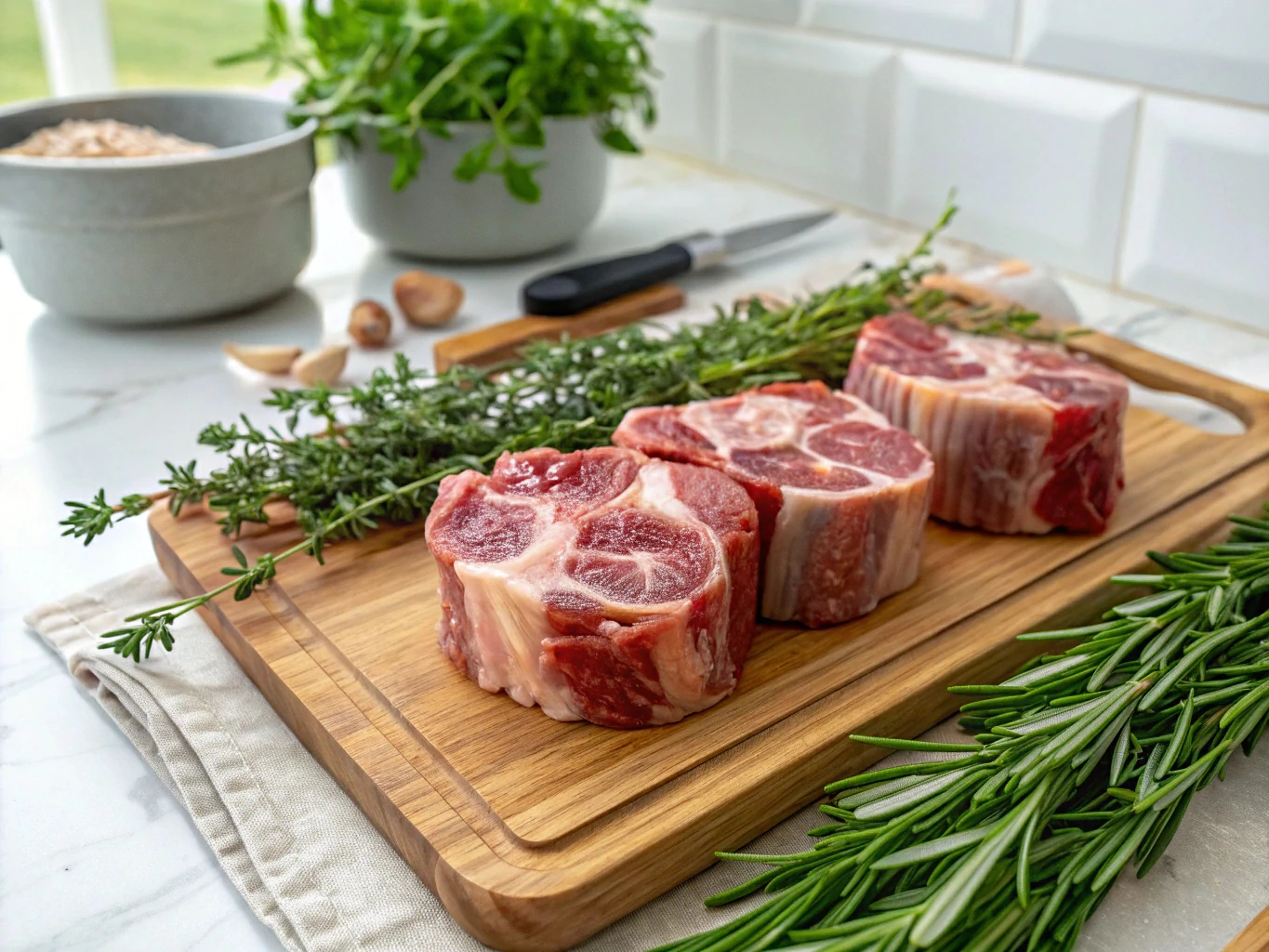
Choosing and Preparing Oxtail
Choosing the Best Oxtail
The secret to a great oxtail recipe starts at the store. Here’s how to pick the perfect pieces:
- Freshness: Look for pinkish-red meat with white fat. Avoid grayish or overly fatty cuts.
- Cut Size: Smaller segments (1-2 inches) are great for soups, while larger ones shine in stews.
- Price Tips: Buying in bulk at Asian markets or Costco can save you money.
Preparing Oxtail
Proper prep sets the stage for a clean, flavorful dish:
- Cleaning: Rinse oxtail under cold water to remove bone fragments, then pat dry with paper towels.
- Trimming: Trim excess fat if desired, but leave some for flavor.
- Marinating: Marinate for 2-24 hours with spices like allspice, thyme, garlic, and a splash of vinegar or lemon juice to tenderize.
Pro Tip: Soaking oxtail in water with a tablespoon of vinegar for 30 minutes can help remove any residual odor.
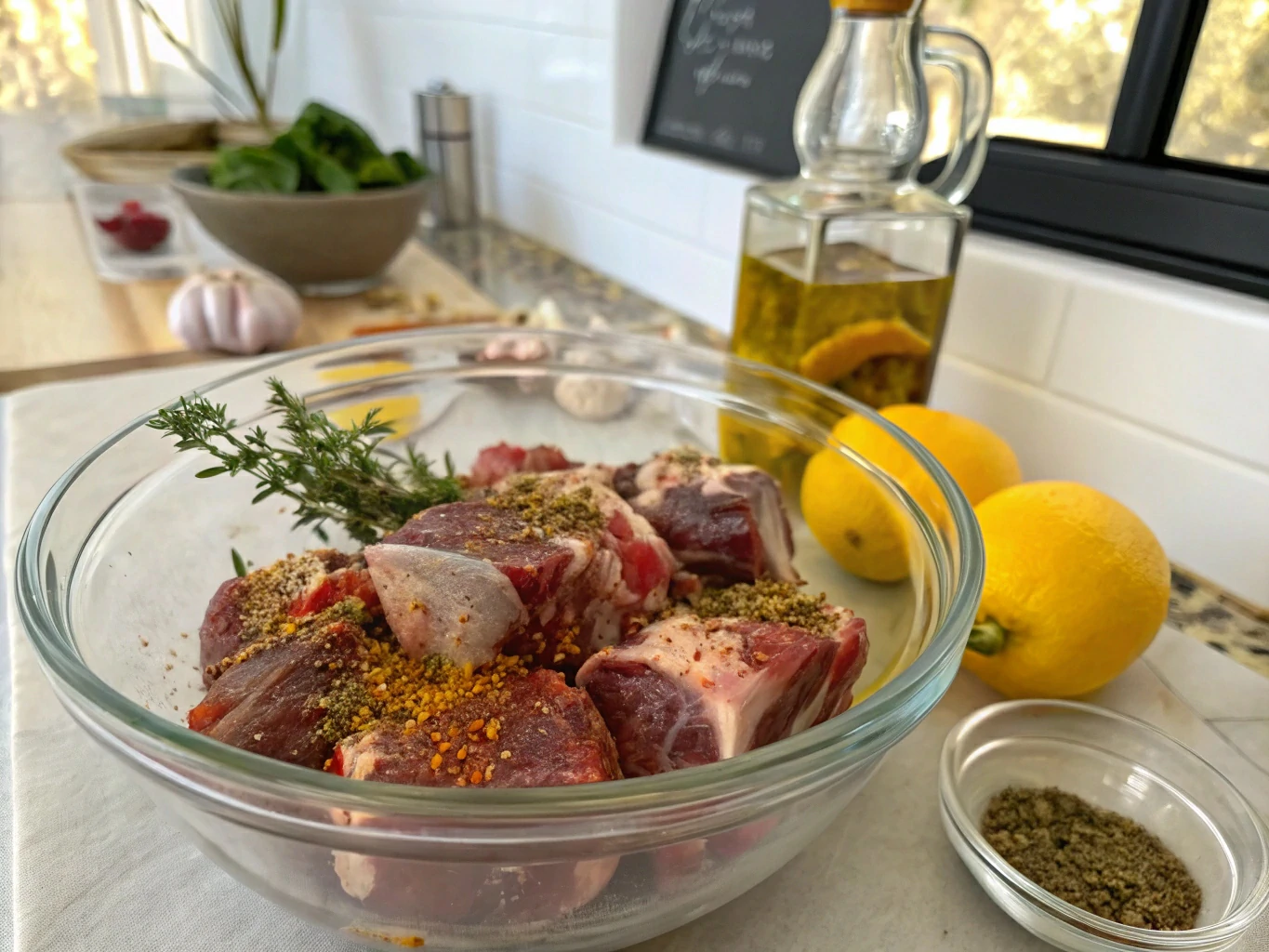
Cooking Methods for Perfect Oxtail
Oxtail’s tough texture demands low-and-slow cooking to achieve that fall-off-the-bone tenderness. Here are four methods to suit any kitchen setup.
Stovetop Braising
- Equipment: Dutch oven or heavy-bottomed pot.
- Steps:
- Season oxtail with salt, pepper, and paprika, then sear in olive oil over medium-high heat until browned.
- Add onions, garlic, and beef stock, then reduce to a simmer.
- Cook for 2.5-3 hours, stirring occasionally, until tender.
- Tips: Skim fat from the surface for a cleaner broth.
Slow Cooker Method
- Advantages: Hands-off, perfect for busy days.
- Steps:
- Brown oxtail in a skillet, then transfer to a slow cooker.
- Add carrots, onions, beef stock, and spices like bay leaves.
- Cook on low for 8-10 hours.
- Tips: For more slow cooker inspiration, check out our Ground Beef Recipes.
Pressure Cooker Method
- Benefits: Cuts cooking time to 1-1.5 hours.
- Steps:
- Use sauté mode to brown oxtail.
- Add beef stock, spices, and vegetables, then pressure cook on high for 45-60 minutes.
- Natural release for 10 minutes.
- Safety: Always check the lid is secure.
Oven Braising
- Steps:
- Sear oxtail, then place in an oven-safe dish with beef stock and aromatics.
- Cover and braise at 325°F for 3-4 hours.
- Check for a caramelized crust.
- Tips: Use foil to lock in moisture.
Statistic: According to a 2024 survey by Food Network, 68% of home cooks prefer slow cooker oxtail for its ease and consistent results.
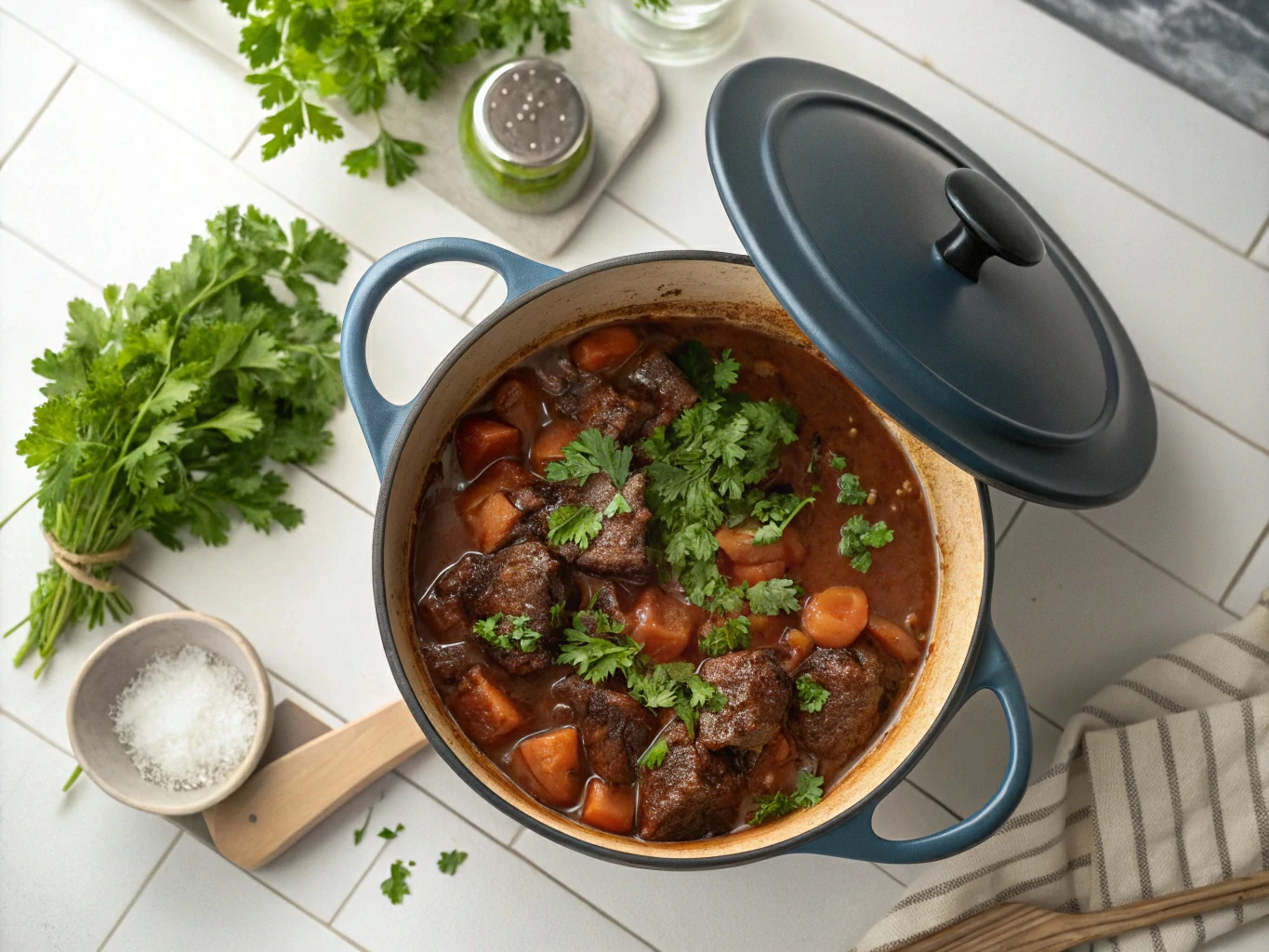
Global Oxtail Recipes
Oxtail shines in diverse cuisines. Below are four halal-compliant recipes, crafted to exclude non-permissible ingredients.
Jamaican Oxtail
- Ingredients (Serves 4):
- 2 lbs oxtail
- 2 cups beef stock
- 1 tbsp halal-certified Worcestershire sauce
- 1 tsp allspice, 1 tsp thyme, 1 scotch bonnet pepper (optional)
- 1 can butter beans, 1 onion, 2 carrots
- Steps:
- Marinate oxtail with spices, Worcestershire sauce, and garlic for 2 hours.
- Brown in a pressure cooker, add stock and vegetables, cook for 45 minutes.
- Add butter beans and simmer for 10 minutes.
- Serving: Pair with rice and peas or Yukon Gold Potatoes.
Southern Smothered Oxtail
- Ingredients:
- 2 lbs oxtail
- 2 cups beef stock
- 1 onion, 1 bell pepper, 2 tbsp flour
- 1 tsp seasoned salt, 1 tsp garlic powder
- Steps:
- Season and sear oxtail.
- Braise with stock, onions, and peppers for 3 hours.
- Thicken gravy with a flour slurry.
- Serving: Serve with mashed potatoes or cornbread.
Italian Oxtail Ragu
- Ingredients:
- 2 lbs oxtail
- 2 cups beef stock
- 1 can crushed tomatoes, 1 carrot, 1 celery stalk
- 1 tsp rosemary, 2 garlic cloves
- Steps:
- Braise oxtail with stock, tomatoes, and vegetables for 3 hours.
- Shred meat and mix with sauce.
- Serving: Over pappardelle pasta (Pappardelle Homemade Recipe).
Asian Oxtail Soup
- Ingredients:
- 2 lbs oxtail
- 3 cups beef stock
- 2 tbsp soy sauce, 1-inch ginger, 2 star anise
- Green onions for garnish
- Steps:
- Simmer oxtail with stock, soy sauce, and spices for 3 hours.
- Skim fat and garnish with green onions.
- Serving: With noodles or rice.
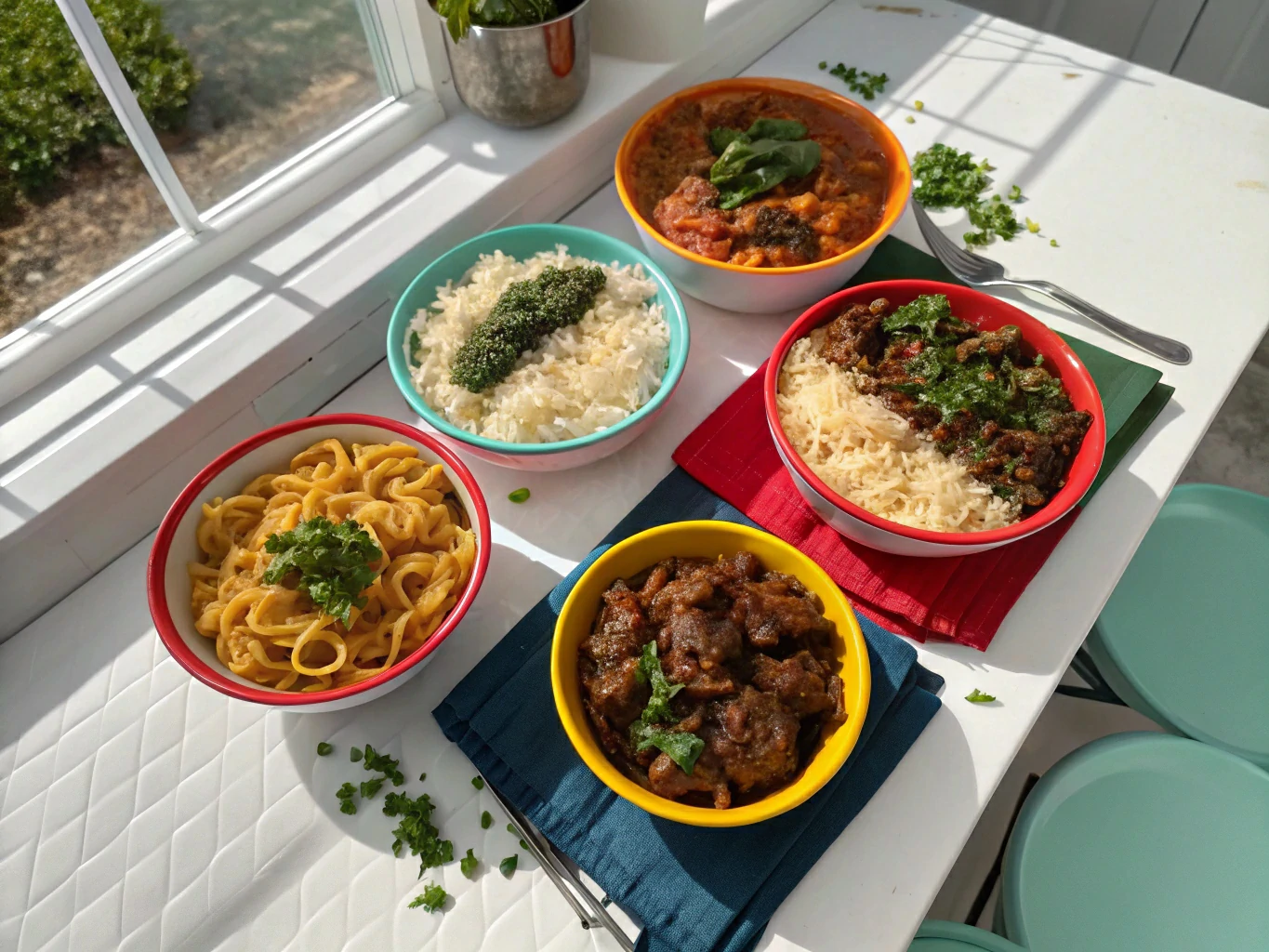
Serving and Storing Oxtail
Serving Suggestions
- Sides: Pair with rice, mashed potatoes, roasted vegetables, or collard greens.
- Presentation: Serve in deep bowls with fresh herbs like parsley or cilantro.
- Beverages: Herbal teas or fruit juices complement the rich flavors.
Storage and Reheating
- Storage: Refrigerate for 3-4 days or freeze for up to 3 months in airtight containers.
- Reheating: Warm on the stovetop with a splash of beef stock to maintain moisture.
- Tip: Freeze in portions for quick weeknight meals.
Personal Anecdote: I once forgot a batch of oxtail in the fridge for a week—let’s just say the smell reminded me to always store it properly!
Unique Angle: Oxtail’s Rise in Modern Cuisine
Oxtail isn’t just a nostalgic dish; it’s having a moment in 2025. Chefs are reimagining it in fine dining, from oxtail tacos to oxtail ramen. Social media platforms like Instagram are buzzing with #OxtailLove, with over 500,000 posts showcasing creative recipes. Restaurants like The Grey in Savannah are elevating oxtail with modern twists, proving its versatility.
Statistic: Google Trends shows a 40% increase in “oxtail recipe” searches from 2023 to 2025, reflecting its growing popularity.
Cluster Content Placeholder: Future articles on “Oxtail in Fine Dining” and “Creative Oxtail Fusion Recipes” will explore these trends further.
Conclusion
Congratulations you’re now equipped to cook oxtail like a pro! From selecting the freshest cuts to mastering global recipes, this guide has everything you need to create unforgettable meals. Whether you’re simmering a Jamaican oxtail stew or braising an Italian oxtail ragu, your kitchen is about to become the talk of the town. Want more recipe inspiration? Download our free eBook, “10 Hearty Beef Recipes,” at YumRecipeLand and share your oxtail creations with us!
FAQs
What’s the difference between Jamaican and Southern oxtails?
Jamaican oxtails are spiced with allspice and scotch bonnet peppers, creating a bold, fiery flavor, while Southern oxtails are smothered in a rich gravy with bell peppers and onions (Cooks with Soul).
How long does it take to cook oxtails?
Stovetop: 2.5-3 hours; slow cooker: 8-10 hours; pressure cooker: 45-60 minutes.
How long do oxtails last in the fridge?
About 3-4 days when stored in an airtight container.
What do oxtails taste like?
Rich, beefy, and slightly gelatinous, similar to short ribs but more intense.
Can I cook oxtails in a slow cooker?
Absolutely! It’s a popular method for tender, hassle-free results.
How do I know when oxtails are done?
The meat should be fork-tender and easily pull away from the bone.
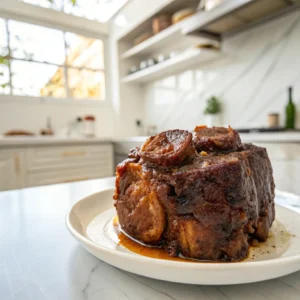
Slow Cooker Oxtail Stew
Equipment
- Slow Cooker
- Skillet
Ingredients
- 2 tablespoons vegetable oil
- 3 pounds oxtail, cut into pieces
- 1 onion, chopped
- 2 cloves garlic, minced
- 2 tablespoons tomato paste
- 2 cups beef broth
- 1 teaspoon salt
- 1/2 teaspoon black pepper
- 1 teaspoon dried thyme
- 1 bay leaf
Instructions
- Heat oil in a skillet over medium-high heat. Brown the oxtail pieces on all sides. Transfer to slow cooker.
- Add chopped onion and garlic to the same skillet and sauté until soft. Stir in tomato paste.
- Pour in beef broth and bring to a simmer. Scrape the bottom of the skillet to deglaze, then pour contents over oxtail in the slow cooker.
- Add salt, pepper, thyme, and bay leaf. Cover and cook on Low for 8 hours or until oxtail is tender.
